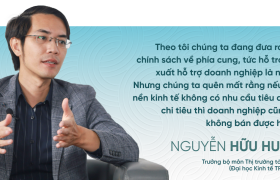Artificial intelligence is already being used to read medical imagery, help patients manage conditions such as diabetes, and even suggest new cancer-drug regimens. But with the world still reeling from the pandemic, AI is now needed to help an even more pressing problem. “The biggest pressure is trying to marshal our resources against the waiting list,” said Catherine Pollard, director of tech policy at NHSx, speaking at a recent Microsoft Health breakfast at WIRED Health: Tech. “We have really significant staffing challenges. That needs solutions – ones that are really practical.”
5.6 million people in the UK are currently on hospital waiting lists. Digitisation is helping: remote appointments, for example, soared in popularity during the pandemic and can cut down time spent on non-urgent cases. “We've got 55 per cent of our adult population registered on our app. 600,000 patients total, over a million consultations,” explained Omar Din, managing director of primary care at AT Medics & Operose Health. “63 per cent of those consultations are purely administrative. We spend time looking at that and then triage it to the right person in the team. When someone requests a sick note, I don’t want that going to my GP, I want it to go to someone else who can deal with it.”
However, not all patients can attend appointments remotely, and many hospitals still lack the required digital tools and skills to manage patients’ electronic records, let alone deploy AI solutions. Even when systems are digitised, poor implementation can mean they’re not used effectively. “When I worked in a hospital, we had 100 different forms on the EHR [electronic healthcare record,” said Emma Stratful, transforming digital health at OX.DH. “Clinicians do not have time to navigate 100 forms – so everything went into progress notes.”
That’s where practical AI can come in useful. Enabling doctors to use voice assistant technology can save time that would previously have been used typing up notes. Natural Language Processing (NLP) can then help clinicians and researchers access those notes more effectively. “Primary care data is the richest data in the NHS because of the way in which it is populated by clinicians – but it's the unstructured data that's got value to it,” Din said. Guy’s & St Thomas’ hospital trust, for example, are involved in a project using NLP to identify social factors associated with mental health problems. “For example, if the patient said they're having housing issues, or they have had trouble at home, I can now get my social prescriber or my mental health practitioner involved, and it's not hitting the GP,” Din explained. Genomics England is using NLP to analyse patient notes in the National Cancer Registry, connecting that phenotypic data to imaging and genomic data in order to get a better understanding of cancer progression.




















































 Yahoo:
Yahoo: 